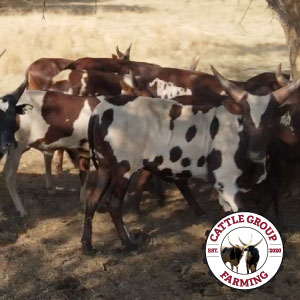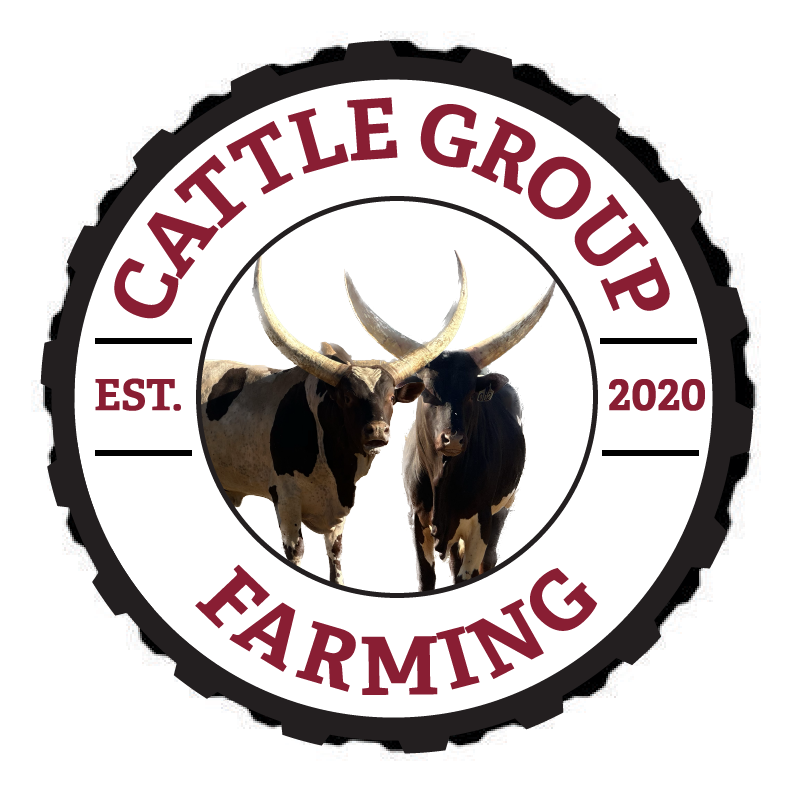
Preventing and Managing Foot Rot
Foot rot after good rain!
Foot rot is a common disease affecting sheep, cattle, and goats, and it remains one of the leading causes of lameness in livestock. This bacterial infection thrives in wet conditions, especially after heavy rainfall, making it a persistent challenge for farmers. Managing foot rot effectively requires proactive prevention, good herd management, and timely treatment.
Understanding Foot Rot vs. Interdigital Dermatitis
Before treating lameness, it’s crucial to differentiate foot rot from interdigital dermatitis (foul-in-the-foot), as the two conditions have different causes and treatments. Consulting a veterinarian can help ensure the correct diagnosis.
Causes and Environmental Risks
Foot rot is caused by the bacterium Dichelobacter nodosus, which lives in the soil and spreads quickly among livestock. It thrives in warm, muddy, and oxygen-poor conditions, especially when animals have minor hoof injuries from sharp objects, cracked hooves, or tick bites.
The bacteria can survive in the environment for weeks and in carrier animals for months. Introducing infected animals into a clean herd is one of the biggest risks for an outbreak. That’s why buying from reliable sources and maintaining strict biosecurity is essential to keep your herd healthy.
Prevention Strategies
✔ Quarantine New Animals: Keep newly purchased livestock in isolation for at least one month before introducing them to the herd.
✔ Foot Baths: Regularly treat cattle and sheep with 10% zinc or copper sulfate foot baths at least twice a year. Newly introduced animals should also walk through a foot bath before joining the herd.
✔ Hoof Care: Trim hooves 1–2 times per year to prevent excessive mud buildup and allow better airflow. This reduces the risk of infection.
✔ Maintain a Dry Environment: Wet, muddy pastures increase the risk of bacterial infections. Rotate grazing areas and ensure animals have access to dry, elevated ground during rainy seasons.
✔ Sanitize Feeding Areas: Move feed and water troughs to drier locations. Clean contaminated concrete floors regularly, and treat feedlots with agricultural lime to create an alkaline environment that kills bacteria.

Treatment and General Herd Health
Monitor Hooves Closely: Keep an eye on your livestock for signs of lameness. Early detection is key to preventing outbreaks.
Consult a Vet: If foot rot is suspected, seek professional advice for accurate diagnosis and treatment.
Proper Nutrition: A balanced diet with essential minerals like zinc and copper strengthens hooves and improves immune response, making cattle more resistant to infections.
Culling Chronic Cases: Animals prone to foot rot should be removed from the breeding program to improve overall herd genetics and disease resistance.

In Conclusion
Stay Ahead of Foot Rot
Preventing foot rot requires consistent management, environmental control, and strategic nutrition. By investing in proactive care, you’ll reduce losses, improve animal well-being, and boost overall productivity. Keep your herd healthy and thriving!

Preserving Heritage, Ensuring Future Prosperity
As we celebrate the Ankole breed’s balanced frame and exceptional bodily proposition, it’s essential to recognize the role of conservation efforts in safeguarding this heritage breed. Ankole cattle are not only a source of economic prosperity but also cultural significance, deeply rooted in the heritage of the regions they inhabit.
Cultural Significance:
Ankole cattle are more than livestock; they are cultural icons.
Their distinct appearance, characterized by the iconic long, curved horns, carries cultural and historical significance.
Preserving the Ankole breed is not just an agricultural imperative but also a commitment to safeguarding cultural heritage.
Sustainable Farming Practices:
The balanced frame and good bodily proposition of Ankole cattle align with the principles of sustainable farming. Their adaptability to diverse environments and their efficient feed utilisation contribute to the promotion of eco-friendly and sustainable agricultural practices. As the global agricultural landscape emphasizes sustainability, the Ankole breed emerges as a valuable ally in this endeavor.
Genetic Diversity:
Conserving Ankole cattle ensures the preservation of genetic diversity within the cattle population.
This is vital for the overall resilience of the global cattle industry.
By maintaining diverse breeds like Ankole, farmers contribute to the health and adaptability of the broader genetic pool, mitigating risks associated with disease and environmental changes.

Unlock the Power of Ankole Transform Your Farming Future

Cattle Group farming
Where Standards, Not Numbers, are elevated & Quality Reigns Supreme
- Walter@sitona.co.za
- +27 83 630 3439
- Privacy Policy
- Terms & Conditions